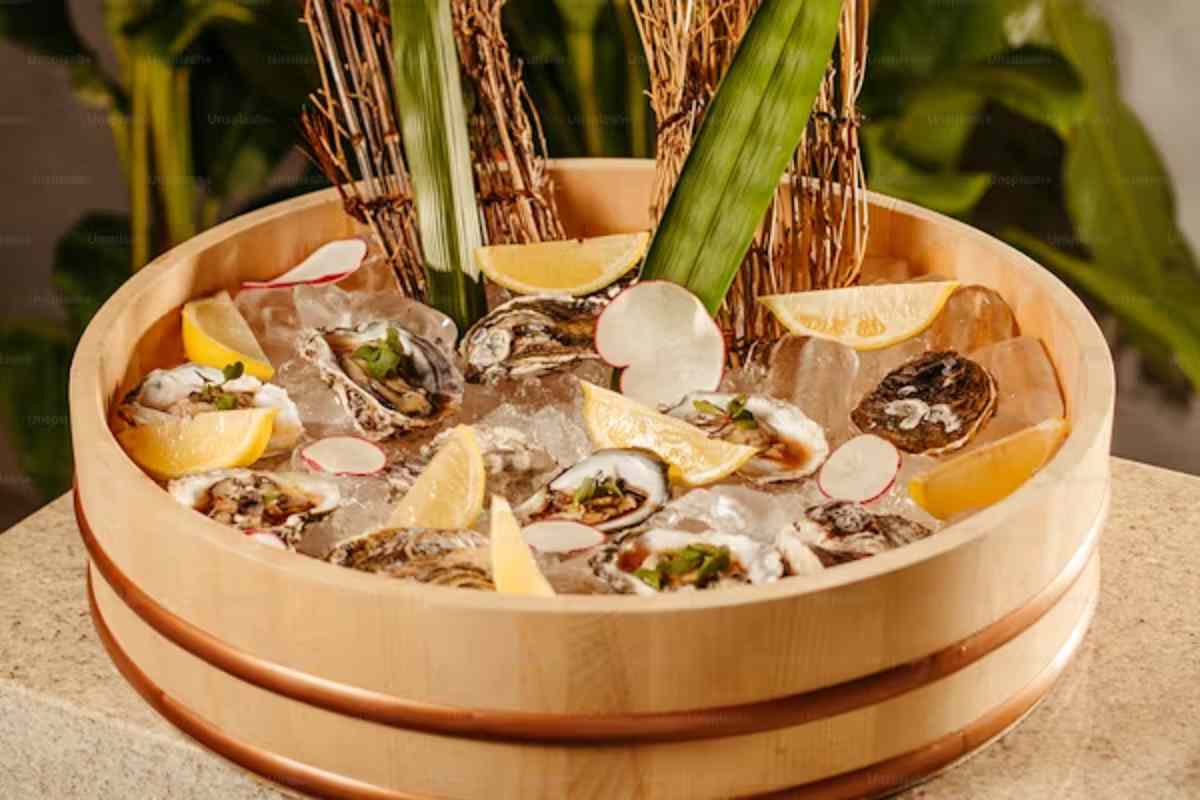Table of contents
Introduction to Coastal Cuisine
As an ever-evolving tapestry of flavors and methods, coastal cuisine brings to light the infinite possibilities that emerge when cultures collide with the bountiful gifts of the sea. For food lovers, discovering the best seafood in San Francisco and beyond is more than an indulgence—a quest for the harmonious blend of taste and tradition. These dishes, coming from a lineage as ancient as the communities surrounding the seas, lakes, and rivers, tell stories of adaptation, resourcefulness, and respect for nature’s cycles.
Coastal cuisine encompasses a broad spectrum of delicacies derived from various geographical locations, each possessing its unique twist defined by the local climate, culture, and available resources. It’s a palette of flavors shaped by bountiful coasts and waterways, which have fostered communities that create and consume dishes imbibed with the spirit of the ocean. This gastronomy is deeply rooted in a rich history where each plate served passes through time, abounding with local heritage and culinary innovation.
The Essence of Seafood in Coastal Dishes
Within the heart of coastal cuisine lies its cornerstone—seafood. The lore of chefs who have long mastered the art of seafood delicacies bounds us to a historical chapter when coastal community survival was intertwined with the sea’s generosity. For centuries, seafood’s versatility and abundance have served as a lifeline, providing sustenance and shaping the coastal palate. Today, this array of offerings from the sea—be it the delicate flavors of shellfish or the richness of deep-water fish—has given rise to myriad preparations that highlight cultural influences and the gifts of the sea.
The integration of classic fare with contemporary sensibilities marks the evolution of coastal dishes. As restaurant menus weave tales of fishermen’s daily hauls into gourmet experiences, the regional differences in preparation and presentation celebrate the very essence of this cuisine. Each season ushers in varied harvests, infusing menus with dynamic, ever-changing offerings that are a testament to the freshness and locality of ocean-faring dishes. Through this, local communities and cuisines deeply respect the environment that sustains their heritage and lifestyles.
Sustainable Seafood Practices
Embedded within the fabric of a thriving coastal cuisine lies the sustainability mantra. It’s a term that now reverberates in the mindful consumer’s lexicon, highlighting the growing concern for the trajectories we trace in our oceans. The principles outlined by the Monterey Bay Aquarium Seafood Watch serve as guiding stars to navigate the complex waters of seafood consumption, preserving marine biodiversity for posterity.
Accepting the mantle of stewardship, every seafood lover is tasked with making environmentally conscious choices. By supporting responsible fisheries and aquaculture operations, we savor the rich, unadulterated flavors of the ocean and participate in a cycle that respects nature’s limits and regeneration capacity. Key initiatives taken by organizations like Ocean Conservancy illuminate the path towards a future where our plates and palates align with the health of the marine ecosystems, ensuring that the very source of our nourishment maintains its vitality.
The Farm-to-Table Movement Along the Coasts
The farm-to-table movement has found its sea legs in coastal regions, strengthening the connection between the ocean’s offerings and our dining experiences. This resurgent appreciation for local sourcing promises the freshest catches in seaside taverns and ignites a symbiotic relationship between diners, chefs, and fishers. As this ethos sweeps across coastal eateries, patrons are often invited to savor a narrative as rich as the cuisine—one where traceability and transparency are alongside the day’s catch.
Embracing the proximity to water, coastal establishments often feature menus that change with the tides, celebrating the local fishers’ fresh harvest. This locavorism supports small businesses and reduces the carbon footprint of transporting seafood. It’s a movement steeped in integrity, where every dish served echoes the authenticity of its source. The benefits extend beyond taste, sowing seeds of economic resilience within coastal communities and safeguarding their culinary heritage.
Cooking Techniques of Coastal Cuisine
Spices and seasonings heighten seafood’s inherent flavors and how it is prepared. Coastal chefs are masterful conductors orchestrating a harmony of techniques that include grilling over mesquite for a touch of smoke, poaching in wine-infused broths for delicate subtlety, or showcasing the purity of the ocean through minimalist sashimi presentations. Each method is an ode to the sea’s depths and the treasures found within.
These techniques are born from tradition yet refined by innovation, allowing the intrinsic taste of seafood to shine through. Grilling, for instance, can transform a simple filet into a charred, flavorful feast, while steaming preserves moisture and tenderness, making each bite a gentle revelation of the sea’s flavor. As regional cuisines intermingle, coastal chefs introduce new twists, integrating cross-cultural methods to create a contemporary array of enticing dishes.
Key Takeaways
- Coastal cuisine reflects local traditions, geography, and sustainable resource use.
- Choosing sustainable seafood is crucial for preserving ocean health and the future of food cultures.
- The farm-to-table trend in coastal areas supports local economies and fresh dining experiences.
- Innovative cooking techniques and gastronomic experimentation continually shape the future of coastal cuisine.







